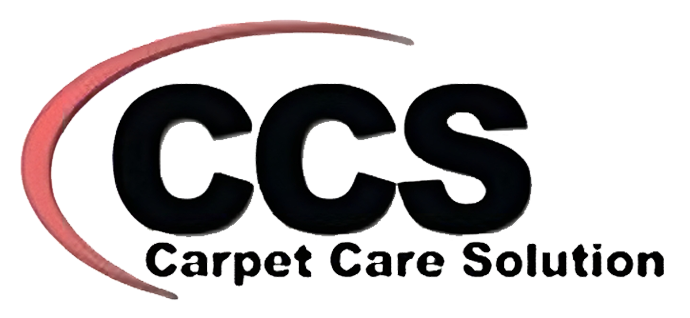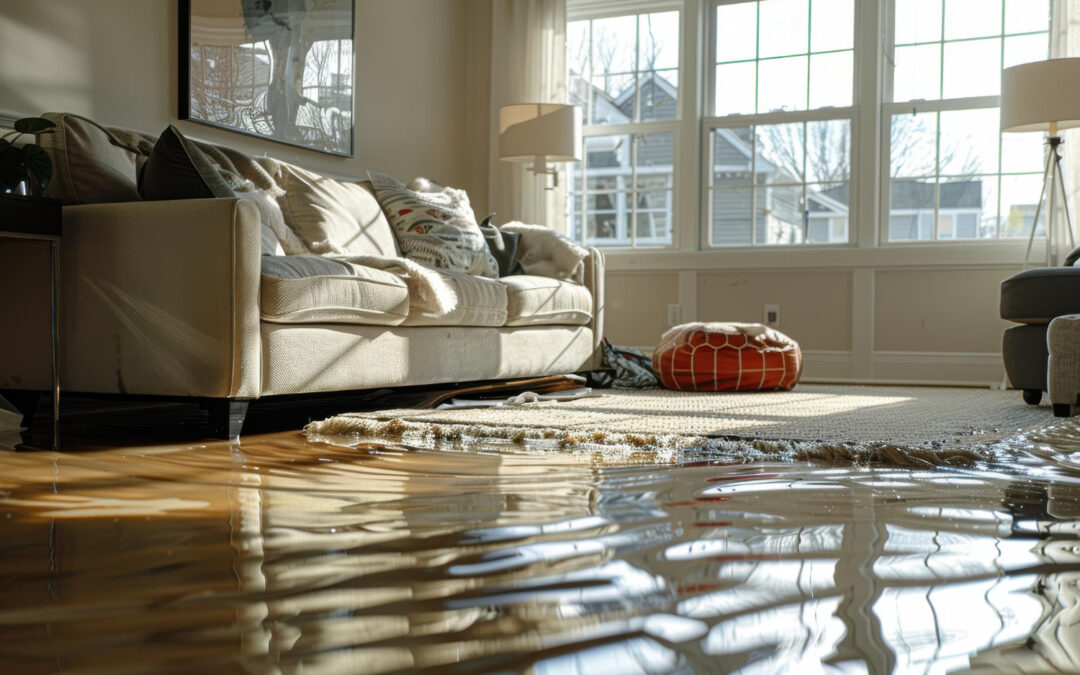Experiencing a flood in your home can be overwhelming, leaving behind chaos and water damage that needs immediate attention. Carpets, in particular, are highly susceptible to water absorption, which can quickly lead to further complications like mold growth if not handled properly. Acting fast is crucial for minimizing damage and preserving your carpet’s integrity.
Taking Immediate Action After a Flood
When a flood strikes, quick action is crucial for effective carpet cleanup. Your first priority should always be safety. Ensure the affected area is secure, especially if water has reached electrical outlets or appliances – always turn off the power before stepping into the water.
Once it’s safe, you need to stop any further water inflow. This might mean fixing a broken pipe or shutting off the main water supply. Stopping the source prevents more damage and allows you to focus on the cleanup.
Next, it’s time to remove excess water promptly. For larger amounts, use a wet-dry vacuum or a sump pump. Towels and mops work for smaller areas. Quick water removal is essential to minimize further damage and kickstart the drying process. To boost air circulation, open windows and doors, and use fans and dehumidifiers to speed up drying. This is crucial in preventing mold and odors from taking hold.
Assessing Carpet Damage and Salvageability
After the initial chaos settles, it’s vital to figure out if your carpet can be saved or needs replacing. This depends on a few key factors:
- Water Type: Was it clean water (like from a pipe leak) or contaminated water (like sewage or floodwaters)? Contaminated water often means replacement due to health risks.
- Duration of Exposure: How long was the carpet wet? Carpets soaked for longer than 48 hours are much harder to salvage.
- Extent of Saturation: Is only the surface wet, or are the padding and subfloors also affected?
- Dirt and Debris: How much dirt or debris is present? Heavy soiling requires deeper cleaning.
- Structural Integrity: Look for signs of warping or lumpiness in the carpet backing or padding.
Once you’ve assessed these points, you can decide if a DIY approach is enough. If you’re dealing with contaminated water or a carpet that’s been submerged for too long, replacement is often the safest bet. Acting swiftly on your assessment helps determine the best path to restoring your home’s safety and comfort.
DIY Carpet Drying and Cleaning Techniques
If you’ve decided to salvage your carpet, effective DIY drying and cleaning techniques are essential. Start by removing as much moisture as possible using a wet-dry vacuum. This tool efficiently extracts water without damaging the fibers.
Next, ensure proper air circulation. Open all windows and doors to let in fresh air, and position fans strategically to blow across the carpet surface. A dehumidifier can also be incredibly helpful, absorbing moisture from the air and speeding up the drying process. These measures are key to preventing mold growth, which thrives in damp conditions.
For cleaning, prepare a mild detergent solution using a small amount of dish soap with warm water. Lightly scrub the carpet with a soft brush or cloth to remove dirt and residues. Rinse carefully with clean water to avoid leaving soap behind, then continue air circulation efforts to dry thoroughly.
If lingering odors remain, sprinkle baking soda over the carpet. Let it sit for a few hours before vacuuming it up. This helps neutralize smells, adds a fresh scent, and further encourages moisture extraction.
When to Call in Professionals for Carpet Restoration
Despite your best efforts, some situations demand professional carpet restoration services. If the water was heavily contaminated, or if the carpet was soaked for more than 48 hours, it’s advisable to get expert help. These conditions pose significant risks of severe mold and mildew development, potentially leading to health hazards.
Calling in professionals ensures comprehensive cleaning that goes beyond the surface. Our certified technicians use advanced equipment like industrial-grade extractors, high-powered air movers, and special cleaning agents that effectively target hidden moisture and deep-seated bacteria. Our experience in handling complex flood situations ensures your carpets are cleaned and dried correctly, reducing the risk of further damage or health concerns.
Professional intervention also helps safeguard your investment. Carpets are often a significant home expense, and expert care preserves their quality and extends their lifespan. Tackling mold issues is another key benefit, as professionals are trained to identify and prevent mold growth, ensuring your home remains a safe and pleasant environment.
Restoring Your Home’s Comfort
When faced with flooding, swift and informed action is essential to mitigate carpet damage and restore your home’s comfort. Understanding the necessary steps, from initial safety checks and water extraction to assessing carpet condition, ensures you respond effectively and efficiently.
Implementing DIY solutions can be suitable for minor floods, helping you manage costs while safeguarding your home. However, recognizing when to seek professional help is equally important. Their expertise can save you from costly mistakes and further damage, ensuring a thorough cleanup.
If you’re dealing with flooding and unsure about the best approach to restoring your carpets, consider reaching out to Carpet Care Solution. Our skilled team is ready to assist, providing professional carpet cleaning services to return your home to its welcoming, tidy state. Trust us to handle the hard work, so you can focus on enjoying a safe and comfortable living space again.





